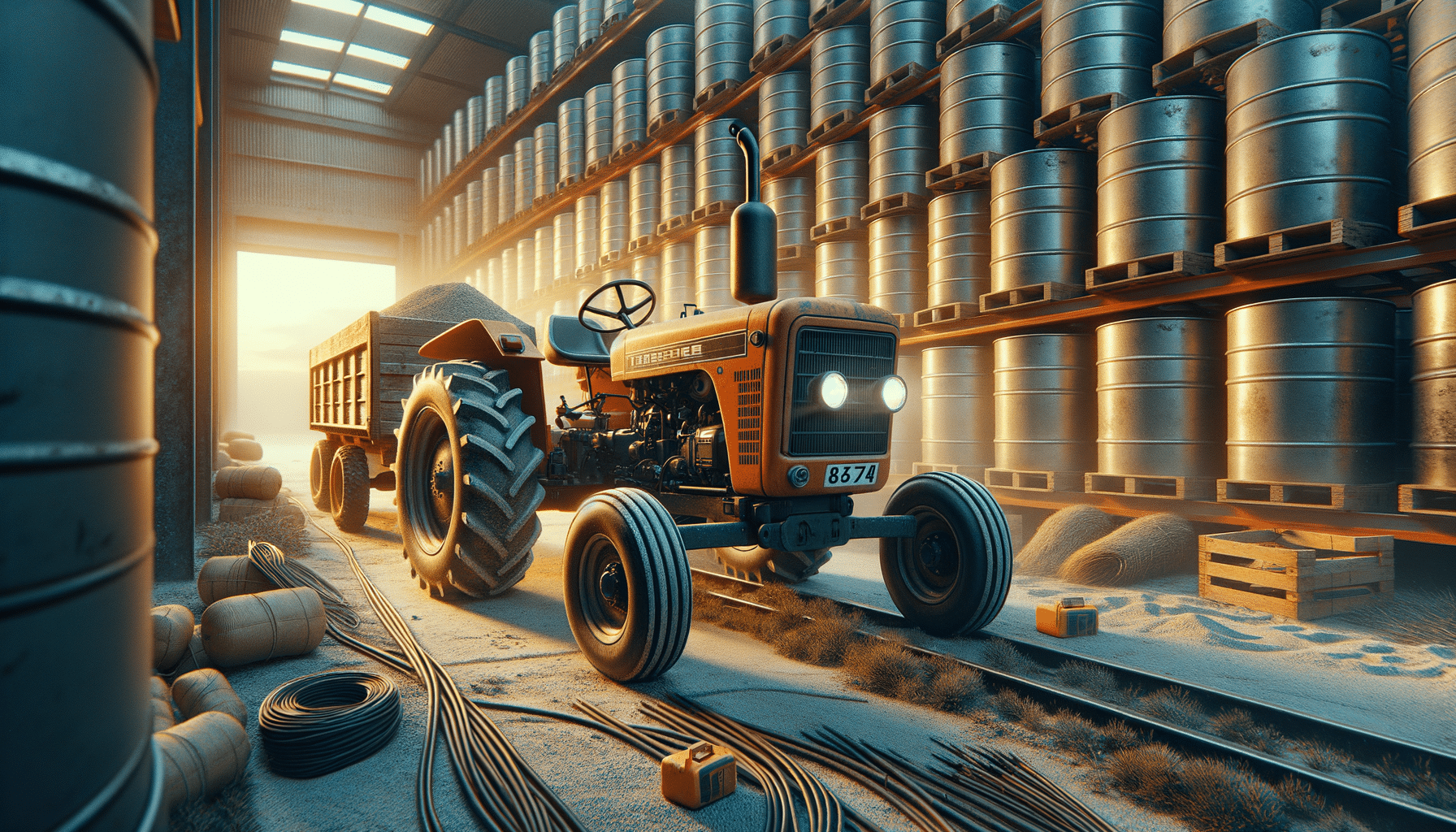
Exploring the Versatility of Small Tractors
Introduction to Small Tractors
In the world of agriculture and landscaping, small tractors have emerged as indispensable tools. Their compact size and versatility make them ideal for a range of tasks that larger machinery might struggle with. From small farms to expansive gardens, these tractors provide the power and efficiency needed to maintain and cultivate land effectively. As the demand for sustainable and efficient farming practices grows, understanding the role of small tractors becomes increasingly important.
Advantages of Small Tractors
Small tractors offer numerous advantages that make them a preferred choice for many landowners. One of the primary benefits is their maneuverability. Due to their compact size, small tractors can navigate tight spaces and intricate landscapes with ease. This makes them perfect for tasks such as mowing, tilling, and plowing in areas where larger tractors would be impractical.
Another advantage is their cost-effectiveness. Small tractors are generally more affordable than their larger counterparts, both in terms of initial purchase price and ongoing maintenance costs. This makes them accessible to a wider range of users, from hobby farmers to professional landscapers.
Additionally, small tractors are known for their versatility. They can be equipped with various attachments and implements, allowing them to perform a multitude of tasks. Whether it’s digging, hauling, or planting, a small tractor can be adapted to meet the specific needs of the user.
Applications of Small Tractors
The applications of small tractors are diverse and extensive. In agriculture, they are commonly used for tasks such as plowing fields, planting crops, and harvesting produce. Their ability to operate efficiently in smaller fields makes them an excellent choice for small-scale farmers.
In landscaping, small tractors play a crucial role in maintaining lawns, gardens, and parks. They can be used for mowing, aerating, and fertilizing large areas, ensuring that landscapes remain healthy and well-maintained.
Furthermore, small tractors are often employed in construction and infrastructure projects. Their ability to maneuver in restricted spaces makes them ideal for tasks such as digging trenches, transporting materials, and leveling surfaces.
Choosing the Right Small Tractor
Selecting the appropriate small tractor depends on several factors, including the intended use, terrain, and budget. Potential buyers should consider the horsepower and engine capacity of the tractor, as these will determine its ability to perform specific tasks.
It’s also important to assess the availability of attachments and implements. A tractor that can accommodate a wide range of tools will offer greater versatility and value.
Additionally, buyers should evaluate the tractor’s comfort and ease of use. Features such as adjustable seats, intuitive controls, and ergonomic design can significantly enhance the user experience.
Maintenance and Care of Small Tractors
Proper maintenance is essential to ensure the longevity and performance of small tractors. Regular servicing, including oil changes, filter replacements, and lubrication of moving parts, is crucial to keep the tractor running smoothly.
Operators should also conduct routine inspections to identify any signs of wear or damage. Addressing issues promptly can prevent more significant problems and costly repairs down the line.
Furthermore, it’s important to store the tractor in a sheltered area to protect it from the elements. Exposure to rain, sun, and extreme temperatures can accelerate wear and tear, reducing the tractor’s lifespan.


